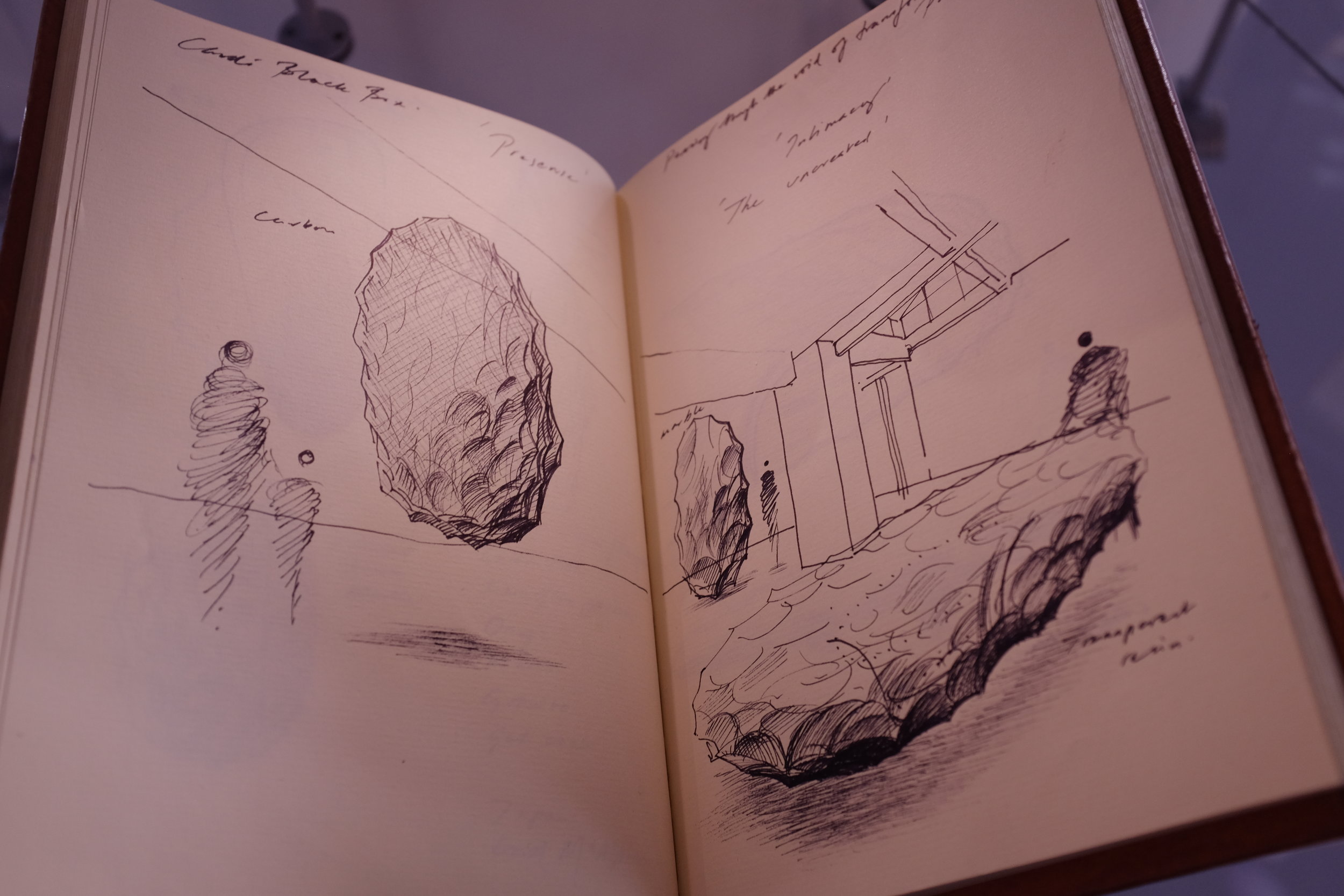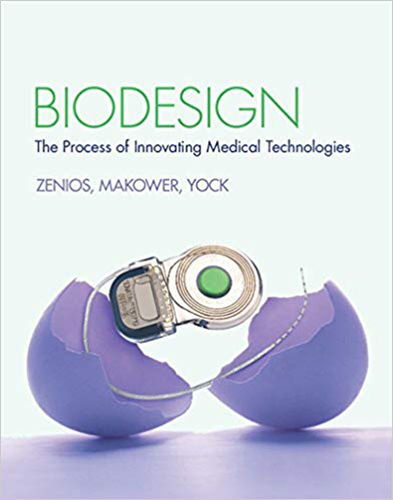The Elements of Saving some Cash
while Saving the Planet
Home Version
This was inspired by a project that I did with Sustainable Silicon Valley, a SF Bay Area organization supporting the region’s Net Positive goals, which involved developing a database of all the financial resources available to support energy-conserving upgrades for lower-income families. I figured that some of these existing tools and resources could be useful for everyone since they are easy-to-implement and can contribute billions of dollars in savings towards our annual national budget and reduce our impact on global warming — sometimes the most basic steps can lead to grand results. So in the spirit of the Chinese New Year and the spiritual science of balancing your home for an extra boost of prosperity, here are 5 elements of saving some change while saving the planet! Gung Hei Fat Choy, mother-buckers!
Did you know that even though 70% of this planet is covered in water, only 3% of it is drinkable? And that the amount of water generally hasn’t changed much since the dinosaurs roamed the Earth some 100 million years ago. As the world population growth doesn’t seem to be slowing down, with current numbers at 7.7 billion as of May 2019, why not help conserve some water by installing free updated water fixtures from the state that can reduce your water consumption by 33,000 gallons a year per household without breaking a sweat.
Water IT DOWN
Agriculture/meat production in the U.S. is one most polluting industries, with most GHG coming from the beef cattle sector (37% of the 256,000,000 metric tons). What was even more surprising to me is that the conventional crop sector of the agriculture industry is even more polluting, even though logically plants should be countering GHG emission through carbon sequestration. However, this is mostly caused by the soil management process used in our conventional industrial agricultural system - the artificial fertilizers, herbicides, pesticides, etc. It’s most logical to switch entirely back to organic methods of production, but at this time the cost of one gram of organic plant protein almost equals that of the cost of animal protein (probably due to the off-setting the certification feeds, soil conditions limiting crop yields, etc.). But at a mass scale, savings are in the billions if everyone switched to eating organic plant protein for one year (or even just part of your diet).
Plant FIBER to Save for your Nest Egg
In California, our governor signed a bill in November 2018 that requires the State to be operating under 100% renewables/green energy by 2045 . The Federal Government has also been funding programs to assist households in the adoption of solar energy including a Federal Tax Credit that applies to anyone who installs solar panels on their home, and several low-income qualified solar installation programs. This year (2019) is the last year you’ll be able to receive the full benefit of a 30% tax credit for your new solar panels, so it's best to get on it quick. PG&E also has an Energy Savings Assistance Program that might be able to provide income-qualified households with additional energy-saving measures that include replacing your refrigerator, repairing or replacing your furnace or water heater*, weatherproofing, and more.
POWER UP WHILE SPENDING DOWN
ComposT For Climate Change
Just watch the documentary on the SF composting facilities — it’s fascinating how much can be saved and made with our leftovers! If it’s not possible for you to build a composting bin at home, the least you can do is separate your compostable from your non-recyclables. Almost all the methane produced in landfills, a GHG that’s about 20-25x more potent than CO2, is the result of organics rotting away on top of plastics.
After a lifetime of having my clothes destroyed by ancient washers and dryers, I’ve developed a deep desire for a modern set, so any excuse for fulfilling this lifelong dream is cool with me. Plus old machines use a TON of water — up to whopping 45 gallons or more per load vs the 14 gallons by updated models that have the Energy Star label — which also use 25% less energy. Though technically it’ll probably take over 100 years for the new $900+ washer to pay itself off with water costing less than a cent per gallon (??) — at least you can pick up a couple residential rebates to help cut the cost. And better yet, try hang-drying your laundry to save another Benjamin per year and contribute to the potential reduction of 66 million metric tons of GHG emissions.


















